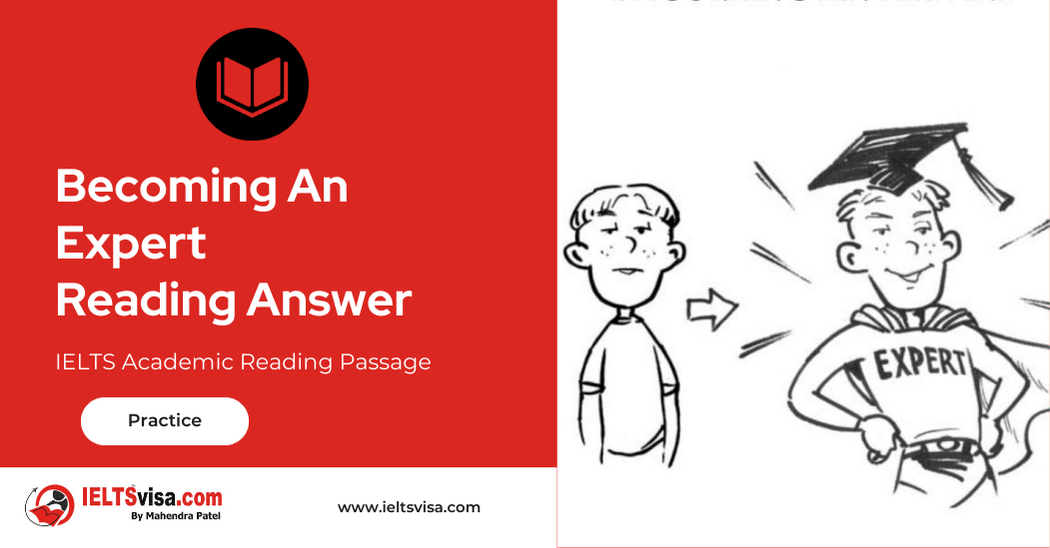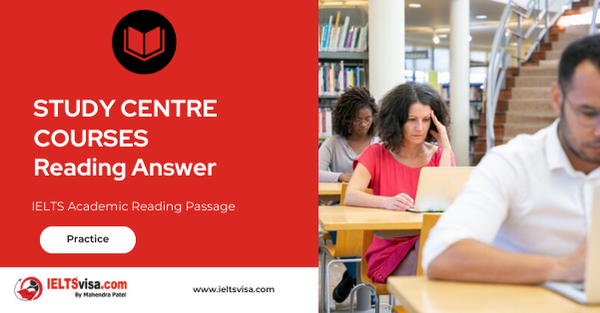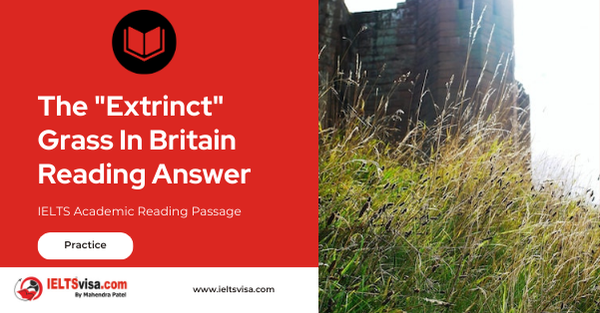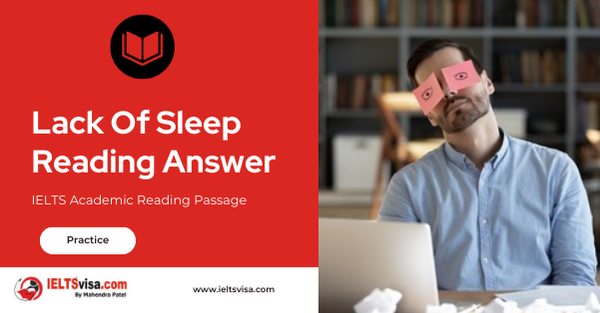Air Pollution Part One Reading Answer
IELTS Academic Reading Passage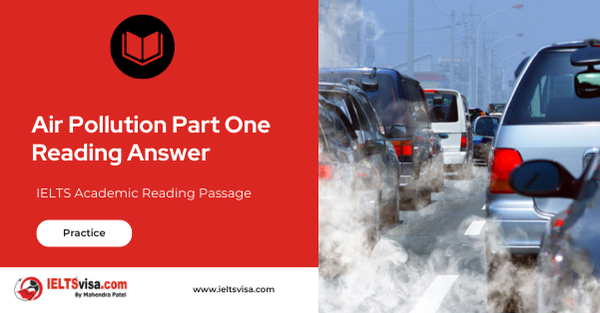
A
Air pollution is increasingly becoming the focus of government and citizen concern around the globe. From Mexico City and New York, to Singapore and Tokyo, new solutions to this old problem are being proposed, Mailed and implemented with ever increasing speed. It is feared that unless pollution reduction measures are able to keep pace with the continued pressures of urban growth, air quality in many of the world’s major cities will deteriorate beyond reason.
B
Action is being taken along several fronts: through new legislation, improved enforcement and innovative technology. In Los Angeles, state regulations are forcing manufacturers to try to sell ever cleaner cars: their first of the cleanest, titled “Zero Emission Vehicles’, hove to be available soon, since they are intended to make up 2 per cent of sales in 1997. Local authorities in London are campaigning to be allowed to enforce anti-pollution lows themselves; at present only the police have the power to do so, but they tend to be busy elsewhere. In Singapore, renting out toad space to users is the way of the future.
C
When Britain’s Royal Automobile Club monitored the exhausts of 60,000 vehicles, it found that 12 per cent of them produced more than half the total pollution. Older cars were the worst offenders; though a sizeable number of quire new cars were also identified as gross polluters, they were simply badly tuned. California has developed a scheme to get these gross polluters off the streets: they offer a flat $700 for any old, run-down vehicle driven in by its owner. The aim is to remove the heaviest-polluting, most decrepit vehicles from the roads.
D
As part of a European Union environmental programme, a London council is resting an infra-red spectrometer from the University of Denver in Colorado. It gauges the pollution from a passing vehicle – more useful than the annual stationary rest that is the British standard today – by bouncing a beam through the exhaust and measuring what gets blocked. The councils next step may be to link the system to a computerised video camera able to read number plates automatically.
E
The effort to clean up cars may do little to cut pollution if nothing is done about the tendency to drive them more. Los Angeles has some of the world’s cleanest cars – far better than those of Europe – but the total number of miles those cars drive continues to grow. One solution is car-pooling, an arrangement in which a number of people who share the same destination share the use of one car. However, the average number of people in o car on the freeway in Los Angeles, which is 1.0, has been falling steadily. Increasing it would be an effective way of reducing emissions as well as easing congestion. The trouble is, Los Angeles seem to like being alone in their cars.
F
Singapore has for a while had o scheme that forces drivers to buy a badge if they wish to visit a certain part of the city. Electronic innovations make possible increasing sophistication: rates can vary according to road conditions, time of day and so on. Singapore is advancing in this direction, with a city-wide network of transmitters to collect information and charge drivers as they pass certain points. Such road-pricing, however, can be controversial. When the local government in Cambridge, England, considered introducing Singaporean techniques, it faced vocal and ultimately successful opposition.
Part Two
The scope of the problem facing the world’s cities is immense. In 1992, the United Nations Environmental Programme and the World Health Organisation (WHO) concluded that all of a sample of twenty megacities – places likely to have more than ten million inhabitants in the year 2000 – already exceeded the level the WHO deems healthy in at least one major pollutant. Two-thirds of them exceeded the guidelines for two, seven for three or more.
Of the six pollutants monitored by the WHO – carbon dioxide, nitrogen dioxide, ozone, sulphur dioxide, lead and particulate matter – it is this last category that is attracting the most attention from health researchers. PM10, a sub-category of particulate matter measuring ten-millionths of a metre across, has been implicated in thousands of deaths a year in Britain alone. Research being conducted in two counties of Southern California is reaching similarly disturbing conclusions concerning this little- understood pollutant.
A world-wide rise in allergies, particularly asthma, over the past four decades is now said to be linked with increased air pollution. The lungs and brains of children who grow up in polluted air offer further evidence of its destructive power The old and ill, however, are the most vulnerable to the acute effects of heavily polluted stagnant air. It con actually hasten death, os it did in December 1991 when a cloud of exhaust fumes lingered over the city of London for over a week.
The United Nations has estimated that in the year 2000 there will be twenty-four mega- cities and a further eighty-five cities of more than three million people. The pressure on public officials, corporations and urban citizens to reverse established trends in air pollution is likely to grow in proportion with the growth of cities themselves. Progress is being made. The question, though, remains the same: ‘Will change happen quickly enough?’
Questions 1-5
Look at the following solutions (Questions 1-5) and locations. Match each solution with one location.
Write the appropriate locations in boxes 1-5 on your answer sheet.
NB You may use any location more than once.
LOCATIONS
-
- Singapore
- Tokyo
- London
- New York
- Mexico City
- Cambridge
- Los Angeles
SOLUTIONS
1. Manufacturers must sell cleaner cars. 1…………………
2. Authorities want to have power to enforce anti-pollution laws. 2…………………
3. Drivers will be charged according to the roads they use. 3…………………
4. Moving vehicles will be monitored for their exhaust emissions. 4…………………
5. Commuters are encouraged to share their vehicles with others. 5…………………
Questions 6-10
Do the following statements reflect the claims of the writer in Reading Passage? In boxes 6-10 on your answer sheet write
YES if the statement reflects the claims of the writer.
NO if the statement contradicts the claims of the writer.
NOT GIVEN if it is impossible to say what the writer thinks about this.
6. According to British research, a mere twelve per cent of vehicles tested produced over fifty per cent of total pollution produced by the sample group.
7. It is currently possible to measure the pollution coming from individual vehicles whilst they are moving.
8. Residents of Los Angeles are now tending to reduce the yearly distances they travel by car.
9. Car-pooling has steadily become more popular in Los Angeles in recent years.
10. Charging drivers for entering certain parts of the city has been successfully done in Cambridge, England.
Questions 11-13
Choose the appropriate letters A—D and write them in boxes 11-13 on your answer sheet.
11. How many pollutants currently exceed WHO guidelines in all megacities studied?
A one
B two
C three
D seven
12. Which pollutant is currently the subject of urgent research?
A nitrogen dioxide
B ozone
C lead
D particulate matter
13. Which of the following groups of people are the most severely affected by intense air pollution?
A allergy sufferers
B children
C the old and ill
D asthma sufferers

Solution:Air Pollution Part One Reading Answer
| 1. Los Angeles | 8. NO |
| 2. London | 9. NO |
| 3. Singapore | 10. NO |
| 4. London | 11. A |
| 5. Los Angeles | 12. D |
| 6. YES | 13. C |
| 7. YES |
Review and Practice
- Regularly practice with IELTS reading samples and time yourself to get used to the pressure of the exam.
- Review your mistakes to understand where you went wrong and how to avoid similar errors in the future.
Our Books
Master IELTS Speaking Part 1
IELTS Writing Task 1 Book
IELTS Writing Task 2 Book
Air pollution Reading Answer Explanation
Comin Soon
Practice IELTS Other Modules
IELTS Listening
The IELTS Listening test assesses how well you can understand spoken English in various contexts. It lasts about 30 minutes and is divided into four sections with a total of 40 questions. The listening tasks become increasingly difficult as the test progresses.
IELTS Academic Reading
The IELTS Academic Reading section assesses your ability to understand and interpret a variety of texts in academic settings. It is designed to evaluate a range of reading skills, including skimming for gist, reading for main ideas, reading for detail, understanding inferences, and recognizing a writer's opinions and arguments.
IELTS Speaking
The IELTS Speaking test assesses your ability to communicate in English on everyday topics. It lasts 11-14 minutes and consists of three parts: introduction, cue card, and a discussion based on the cue card topic.
IELTS General Reading
IELTS General Reading tests your ability to understand and interpret various types of texts. Here are some key areas and types of content you can expect to encounter in the reading section, along with tips for effective preparation.
IELTS Academic Writing Task 1
In IELTS Academic Writing Task 1, you are presented with a visual representation of information, such as graphs, charts, tables, or diagrams, and you are required to summarize, compare, or explain the data in your own words.
IELTS General Writing Task 1
In IELTS General Writing Task 1, you are required to write a letter based on a given situation. The letter can be formal, semi-formal, or informal, depending on the prompt. Here’s a breakdown of the key components to include in your letter
IELTS Academic Writing Task 2
In IELTS Academic Writing Task 2, you are required to write an essay in response to a question or topic. Here’s a guide to help you understand the essential elements of this task
IELTS Exam Tips
To succeed in the IELTS exam, practice regularly, familiarize yourself with the test format, improve your vocabulary, develop time management skills, and take mock tests to build confidence.
Grammer for IELTS
Grammar is the foundation of effective communication in English. Understanding tense usage, subject-verb agreement, and sentence structure enhances clarity and coherence in writing and speaking.
Vocabulary for IELTS
Vocabulary plays a crucial role in the IELTS (International English Language Testing System) exam, especially in the Speaking and Writing sections. Here’s an overview of why vocabulary is important and how it impacts your performance
RECENT IELTS SAMPLES QUESTIONS AND ANSWERS
Becoming An Expert Reading Answer
A Expertise is commitment coupled with creativity. Specifically, it is the commitment of...
STUDY CENTRE COURSES Reading Answer
SELF-STUDY TIPS AHowever difficult you find it to arrange your time, it will pay off in the...
The Extrinct Grass In Britain Reading Answer
A The British grass interrupted brome was said to be extinct, just like the Dodo. Called...
Morse Code Reading Answer
A. A new satellite-based system is being implemented to replace Morse code for sending...
Magnetic Therapy Reading Answer
AMagnetic therapy, which is a $5-billion market worldwide, is a form of alternative medicine...
Lack Of Sleep Reading Answer
Section A It is estimated that the average man or woman needs between seven-and-a-half and...

